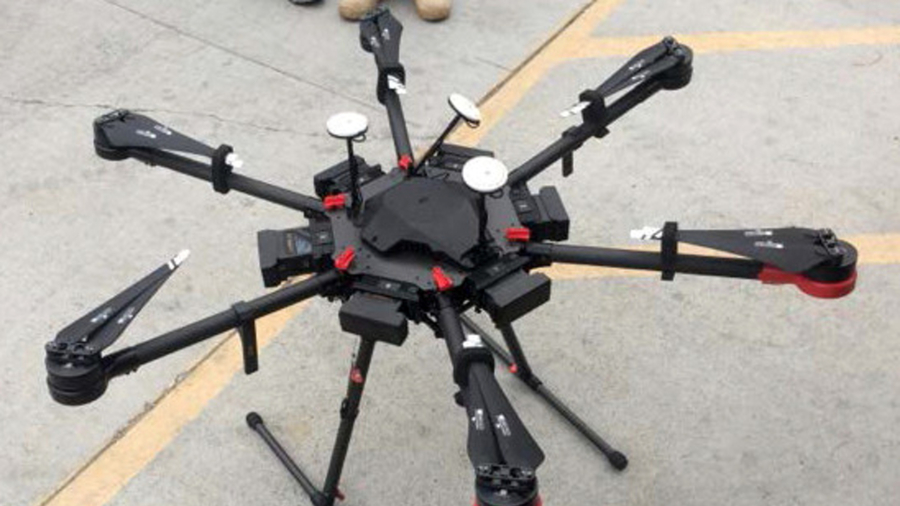Thousands of unmanned drones may be transgressing U.S. airspace via the southern border every month, according to U.S. Air Force Gen. Gregory M. Guillot.
Gen. Guillot—who assumed command of the North American Aerospace Defense Command (NORAD) and Northern Command (NORTHCOM) last month—was asked about the threat posed by unidentified drone aircraft operating on the Southern border during a Senate Armed Services Committee hearing on Thursday. As the leader of NORAD and NORTHCOM, Gen. Guillot is responsible for maintaining the security of airspace across the North American continent, and security cooperation between the United States, Canada, and Mexico.
“The number of incursions was something that was alarming to me as I took command last month,” Gen. Guillot told Senators on Thursday. “I don’t know the actual number. I don’t think anybody does. But it’s in the thousands.”
Citing conversations he’d had with U.S. Customs and Border Protection (CBP) officials, Gen. Guillot estimated that unmanned aircraft systems (UAS)—colloquially known as drones—transgress the U.S. southern border at least a thousand times a month.
The Drone Threat
Asked by Sen. Ted Budd (R-N.C.) whether these drone incursions across the Southern border pose a homeland defense threat, Gen. Guillot replied, “Senator, they alarm me, being the person responsible for homeland defense.
“I haven’t seen any of them manifest in a threat to the level of national defense,” the NORAD commander continued, “but I see the potential only growing.”
Exactly what these drones are doing and who is controlling them isn’t readily discernable. At least some of them may be used by transnational criminal organizations to assist in smuggling drugs and people across the border.
Gen. Guillot was not the first U.S. official to raise concerns about drones operating along the U.S. southern border. Gloria Chavez, the Chief Border Patrol agent for the Rio Grande Valley Sector, raised the issue at a February, 2023 House Oversight Committee hearing.
Ms. Chavez testified at the time that her sector had recorded more than 10,000 drone incursions. She assessed that these drones were likely being used by transnational criminal organizations to pinpoint law enforcement positions as a counter-surveillance measure to avoid detection and increase the success of their cross-border smuggling attempts.
“We have made great progress in countering the threat of small, unmanned platforms,” Ms. Chavez said. “However, the adversaries have 17 times the number of drones, twice the amount of flight hours, and unlimited funding to grow their operations.”
Small, unmanned aerial vehicles have also seen widespread proliferation in foreign conflicts, such as the war in Ukraine and in conflicts across various regions of the Middle East. These systems can provide relatively cheap intelligence, surveillance, and reconnaissance (ISR) capabilities for armed factions. The drones are also becoming increasingly weaponized, with configurations to carry and detonate explosive devices. Three U.S. service members were killed and dozens more were wounded on Jan. 28, when an explosive one-way drone struck a U.S. outpost position on the Jordanian side of the Iraq-Syria-Jordan border.
Countering Drones
Gen. Guillot was asked at another point during the Thursday Senate hearing whether the U.S. Department of Defense has standard operating procedures for individual base commanders to deal with drones approaching their airspace. The Air Force general said individual base commanders have authorities to address these drone concerns, but that work remains to standardize the security response.
Gen. Guillot said further work also needs to be done to equip services with systems, including “non-kinetic” capabilities, for stopping drones without also interfering with normal activity within U.S.-controlled airspace. NORAD and NORTHCOM are currently undergoing a 90-day assessment, after which Gen. Guillot indicated he will have a better idea of how to standardize the counter-drone responses to incursions into U.S. airspace.
The Air Force general indicated he would be open to working with the U.S. Departments of Justice and Homeland Security to coordinate and share counter-drone capabilities going forward.


